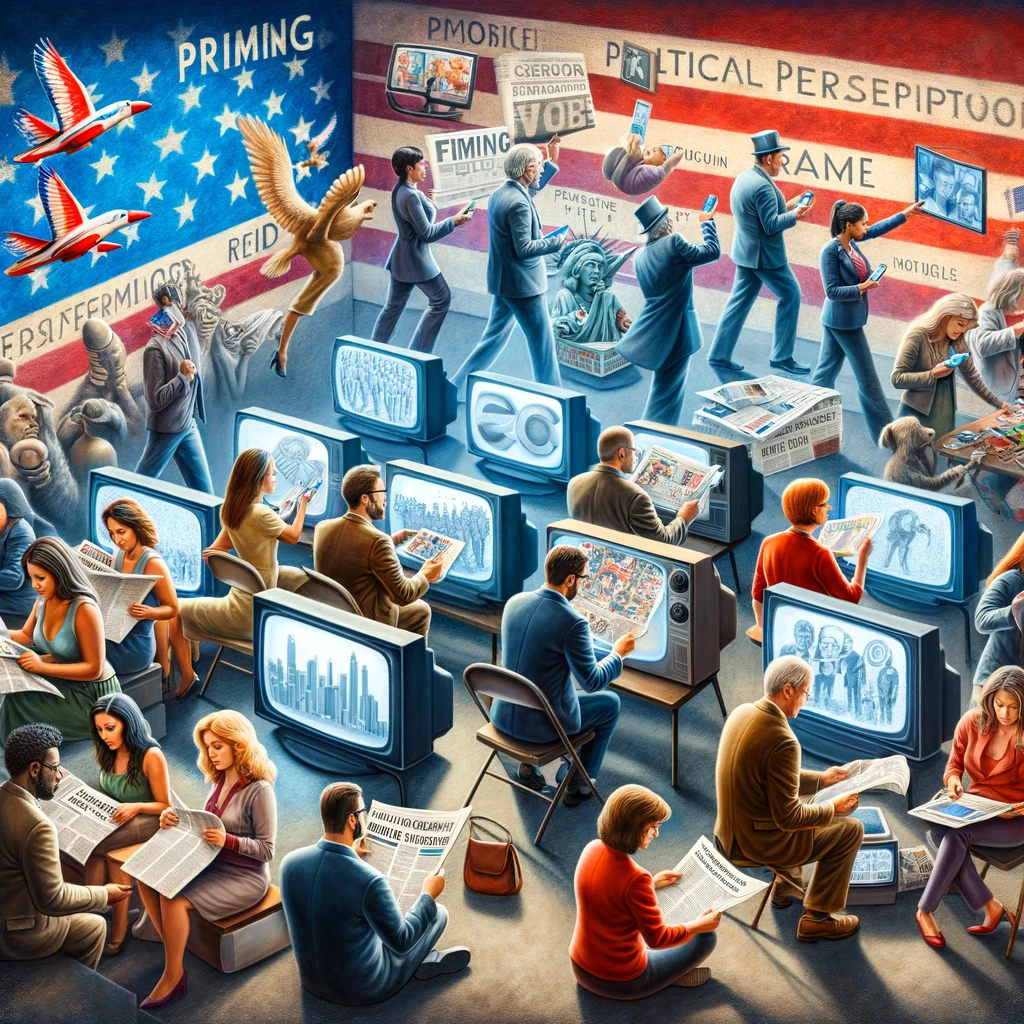
In our rapidly evolving digital landscape, where information traverses the globe in seconds, active engagement in the U.S. political system is surprisingly on the wane. The partisan divide sees Republicans and Democrats staunchly backing their respective nominees, leaving independent voters as the critical deciders of election outcomes. However, beyond the ballot box, the media wields significant power in shaping the political narrative, often determining which issues gain momentum or fade into obscurity.
The concept of priming plays a pivotal role in this media influence. As defined by Evans and Michaud (2018), priming occurs “when news stories bring to mind considerations that influence how an individual views other issues, people, and events that he or she reflects upon following the story.” This process can subtly shift the public’s focus and opinion, molding perceptions on various issues based on the media’s chosen emphasis.
Moreover, the media’s framing of events can profoundly impact public perception. The deliberate choice of words and the angle from which stories are presented can alter the viewer’s interpretation, highlighting the media’s potent ability to set the public agenda.
As the media continues to navigate the intricate dance of influence and information dissemination, its role in guiding political thought and discussion remains undeniable.
Reference:
- Evans, J., & Michaud, K. (2019). Central Ideas in American Government (8th ed.). Asheville, NC: Soomo Learning. Available from Soomo Learning






